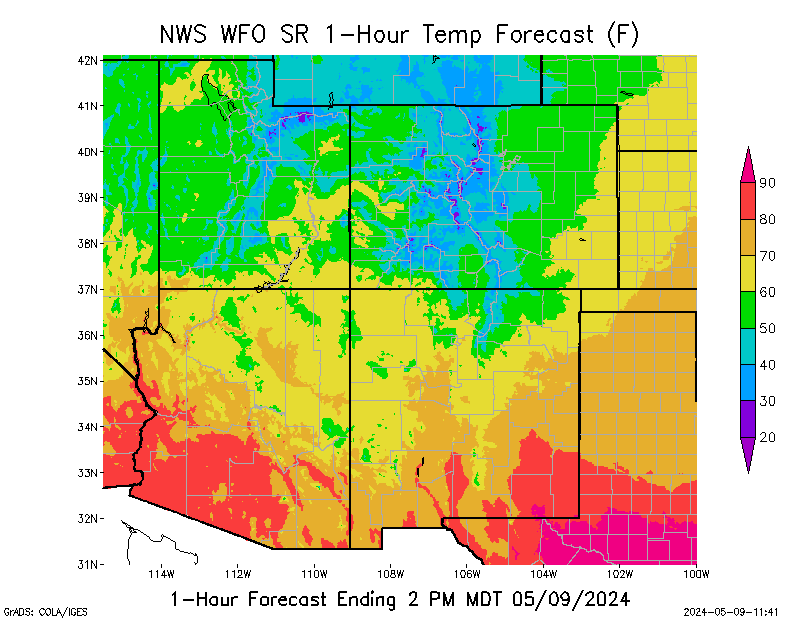

- Rock weather indicator how to#
- Rock weather indicator pdf#
If necessary, have them complete the compass diagram a second time to reinforce the concepts.) You can also help them see that in the mornings we always see the Sun in the East, and at dusk it is in the West. You can use a globe to show the main four compass directions. If some do not, then spend time helping them see how it works. ( This will show you how well, if at all, your students understand compass directions. Have them mark where they think South, East and West should be. Give your students a copy of the compass drawing, which already shows where North is.
Rock weather indicator pdf#
You may need to devote some time to ensure your students gain this understanding).Īdobe PDF (12 KB) | Word Document (29 KB)
Rock weather indicator how to#
Do your students have a working understanding of compass directions? Do they know that North and South are opposites as are East and West? Do they know what a compass is and how to use it to identify directions? (It may be that many of your students have never seen or used a compass - those that are familiar have probably learned this through Boy and Girl Scouts and similar organizations. Still others may connect this with flags or wind vanes, but most may never have noticed wind indicators). Similarly, students with experience of light aircraft airports may have seen a wind sock. Have any of your students seen wind direction indicators or devices? ( Students whose families own and use sail boats may have seen the wind indicator flags at the top of the sail mast. To some wind will simply be wind and they may not have ever noticed that is comes from different directions). Are your students aware that the winds they experience can come from different directions at different times? ( You cannot assume that all students know this. They know there is wind, but not have thought about air traveling from place to place). Do they understand that wind they observe comes from somewhere and moves on to somewhere else? (Some students may not have considered this possibility. How much do they already seem to understand about wind direction?. Have your students discuss the investigation question first in pairs, then groups, then as a whole class: Design an experiment that could be used to test the investigation question.Īssessing What Your Students Already Know. Have your students brainstorm ideas about how this investigation question could be investigated. Have your students discuss the question in pairs, then in groups, and then as a whole class. Introduce your students to the investigation question: " Where is the wind coming from, and how can you tell?" Please review the investigation for your specific setting, materials, students, and conventional safety precautions. This investigation question is considered generally safe to do with students. Small and medium plastic cupsThumb tacks. * tape, clay or glue can be used to adjust the fit of the beads if necessary  60 cm (2 feet) strip of lightweight plastic material cut from a plastic trash bag. Wooden bead that fits snugly on the end of the dowel*. Wooden bead that slides onto the dowel, but stays in place*. Wooden dowel, about 1 meter (3 feet) long and 2.5 mm (¼ inch) diameter. In this investigation, your students will design and build their own wind vane to help make observations about wind direction. However, wind direction, like wind speed, is an important part of weather study and forecasting. Understanding that air comes from different places at different times is quite difficult to appreciate.
60 cm (2 feet) strip of lightweight plastic material cut from a plastic trash bag. Wooden bead that fits snugly on the end of the dowel*. Wooden bead that slides onto the dowel, but stays in place*. Wooden dowel, about 1 meter (3 feet) long and 2.5 mm (¼ inch) diameter. In this investigation, your students will design and build their own wind vane to help make observations about wind direction. However, wind direction, like wind speed, is an important part of weather study and forecasting. Understanding that air comes from different places at different times is quite difficult to appreciate.






 0 kommentar(er)
0 kommentar(er)
